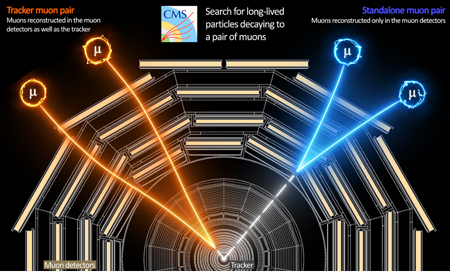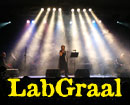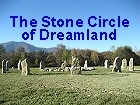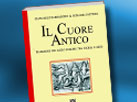
|
|
Illustration of two types of long-lived particles decaying into a pair of muons, showing how the signals of the muons can be traced back to the long-lived particle decay point using data from the tracker and muon detectors. (Image: CMS/CERN)
|
This search for exotic long-lived particles looks at the possibility of “dark photon” production, which would occur when a Higgs boson decays into muons displaced in the detector
CERN: Press Releases
The CMS experiment has presented its first search for new physics using data from Run 3 of the Large Hadron Collider. The new study looks at the possibility of “dark photon” production in the decay of Higgs bosons in the detector. Dark photons are exotic long-lived particles: “long-lived” because they have an average lifetime of more than a tenth of a billionth of a second – a very long lifetime in terms of particles produced in the LHC – and “exotic” because they are not part of the Standard Model of particle physics. The Standard Model is the leading theory of the fundamental building blocks of the Universe, but many physics questions remain unanswered, and so searches for phenomena beyond the Standard Model continue. CMS’s new result defines more constrained limits on the parameters of the decay of Higgs bosons to dark photons, further narrowing down the area in which physicists can search for them.
In theory, dark photons would travel a measurable distance in the CMS detector before they decay into “displaced muons”. If scientists were to retrace the tracks of these muons, they would find that they don’t reach all the way to the collision point, because the tracks come from a particle that has already moved some distance away, without any trace.
Run 3 of the LHC began in July 2022 and has a higher instantaneous luminosity than previous LHC runs, meaning there are more collisions happening at any one moment for researchers to analyse. The LHC produces tens of millions of collisions every second, but only a few thousand of them can be stored, as recording every collision would quickly consume all the available data storage. This is why CMS is equipped with a real-time data selection algorithm called the trigger, which decides whether or not a given collision is interesting. Therefore, it is not only a higher volume of data that could help to reveal evidence of the dark photon, but also the way in which the trigger system is fine-tuned to look for specific phenomena.
“We have really improved our ability to trigger on displaced muons,” says Juliette Alimena from the CMS experiment. “This allows us to collect much more events than before with muons that are displaced from the collision point by distances from a few hundred micrometres to several metres. Thanks to these improvements, if dark photons exist, CMS is now much more likely to find them.”
The CMS trigger system has been crucial to this search, and was especially refined between Runs 2 and 3 to search for exotic long-lived particles. As a result, the collaboration has been able to use the LHC more efficiently, obtaining a strong result using just a third of the amount of data as previous searches. To do this, the CMS team refined the trigger system by adding a new algorithm called a non-pointing muon algorithm. This improvement meant that even with just four to five months of data from Run 3 in 2022, more displaced-muon events were recorded than in the much larger 2016–18 Run 2 dataset. The new coverage of the triggers vastly increases the momentum ranges of the muons that are picked up, allowing the team to explore new regions where long-lived particles may be hiding.
The CMS team will continue using the most powerful techniques to analyse all data taken in the remaining years of Run 3 operations, with the aim of further exploring physics beyond the Standard Model.
www.cern.ch
|


 -->
-->













